ABSOLUTE FILM – ANOTHER VACANT SPACE – BERLIN
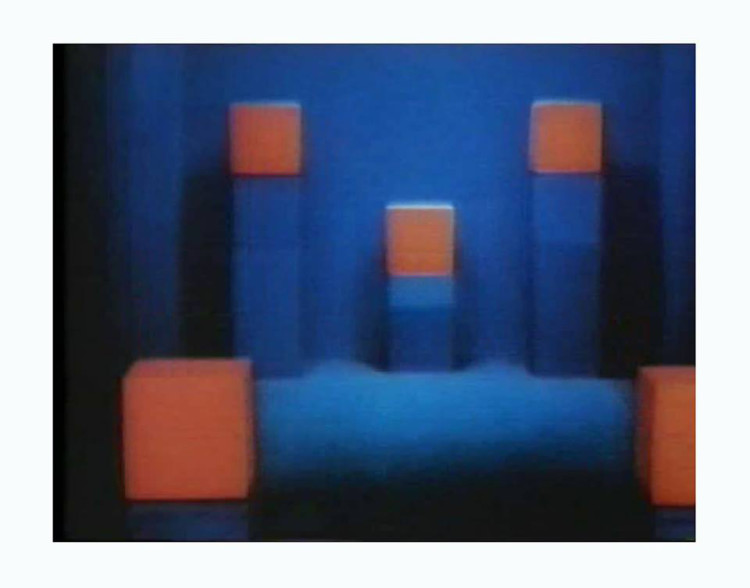
avs. kino-serie II
Hans Richter – Walter Ruttmann – Oskar Fischinger – Viking Eggeling – Ludwig Hirschfeld – acoustic accompaniment Jack The Tab.
The most unique thing that cinema could do is present a visual spectacle comparable to auditory music, with fluid, dynamic imagery rhythmically paced by editing, dissolving, superimposition, segmented screen, contrasts of positive and negative, color ambiance and other cinematic devices.
Already in the 1910s, the Italian Futurists Arnaldo Ginna and Bruno Corra made at least nine films, painting directly on the filmstrip not only non-objective pieces (the gradual takeover of the all-green screen by a red star, playing with afterimage) but also taking a divisionist painting by Segantini (a girl lying in a field of flowers) and re-painting it on frame after frame of the film to allow the colored dots to vibrate even more brilliantly than on the canvas. Unfortunately these films are all lost, as is the German Hans Stoltenberg’s film painted directly on the filmstrip about the same time.
Other artists made plans for abstract films that were never realized: Leopold Survage (Parisian-based friend of Picasso and Modigliani) painted several hundred sequential images, Colored Rhythm, in full color on paper, with the hope that they could be filmed, but he was unable to find an adequate color process before World War I put an end to his project. Likewise the Polish artist Mieczyslaw Szczuka drew numerous sequential images on scrolls of paper, and published two fascinating samples in 1924, just a couple of years before his death, but was apparently not able to get them filmed. Walther Ruttmann was the first filmmaker to finish an Absolute Film and distribute it in public cinemas.
A painter and musician by training, Ruttmann renounced his abstract oil painting in 1919, declaring film to be the art-medium of the future. He mastered the techniques of filmmaking, and prepared his first film Movie Opus I with single-framed painting on glass and animated cutouts. The film was colored by three methods – toning, hand-tinting, and tinting of whole strips – so there was no single negative, and each print had to be assembled scene by scene after the complex coloring had been done.
An old college buddy Max Butting composed a musical score for the finished film, and Ruttmann himself played the cello in the string quintet that performed live with each screening at several German cities in the Spring of 1921.
Ruttmann made three more Opus films, but used simpler tinting and did not prepare special music so that the films could be more easily and widely screened. Oskar Fischinger saw the rehearsals that Ruttmann made with Opus I in Frankfurt before going on tour. He decided to devote himself to making a comparable Visual Music, but carefully avoided using the type of painterly images that the elder Ruttmann had already used so well. Fischinger experimented with slicing wax and clay images, with models and silhouettes, and some drawn animation.
Many of his earlier films were collaged in the 1926 multiple-projection performances that Fischinger prepared first for Alexander Laszlo’s Colorlightmusic concerts, but then continued independently in Munich in 1927. Fischinger used five 35mm projectors, three of them forming a triptych, while the two additional projectors laid extra color effects over them. He also employed slide projectors to project painted geometrical images above and below the film triptych, and some ordinary stage lights to give changing color ambiance to the proscenium.
The Swedish painter Viking Eggeling independently decided to make his non-objective paintings into films so that the musical qualities of time and interaction could be incorporated. He did not believe that the resulting film should have a musical sound played with it, but rather that the imagery should be built on the same principles of harmony and counterpoint that auditory music followed, and therefore would be a pure visual music that needed no sound to satisfy completely. In 1921, his first scroll drawings for a film called Horizontal-Vertical Orchestra were shot onto film by technicians at the UFA studios, but the results lasted less than 30 seconds, since his laborious, complex drawings were essentially what animators would call a “storyboard”, images of key changes without enough “in between” drawings to give them a sense of true movement or transformation from one image to another.
At that same time his friend Hans Richter also had a scroll drawing filmed, and it also made hardly half-a-minute of screen time, but Richter went ahead and showed it under the title Film is Rhythm – once to a critic in Paris who took his glasses off to clean them, and found the film over before he got his glasses back on. Eggeling began making scroll drawings for a second film, Diagonal Symphony, adding many more images, but still not enough for genuine animation.
A young Bauhaus student (who later became the celebrated photographer Re Soupault) met the ailing Eggeling in 1924 in Berlin, and figured out how to animate his imagery: she cut out the shapes from tin-foil, then snipped away tiny increments from the form, shooting a single-frame after each cut, making the shape appear or disappear by shooting forwards or backwards, or grow larger and smaller by moving the camera closer or farther from the artwork. She finished the film only weeks before Eggeling’s death.
The Absolute Film
Dr. William Moritz — another vacant space. www.anothervacantspace.org

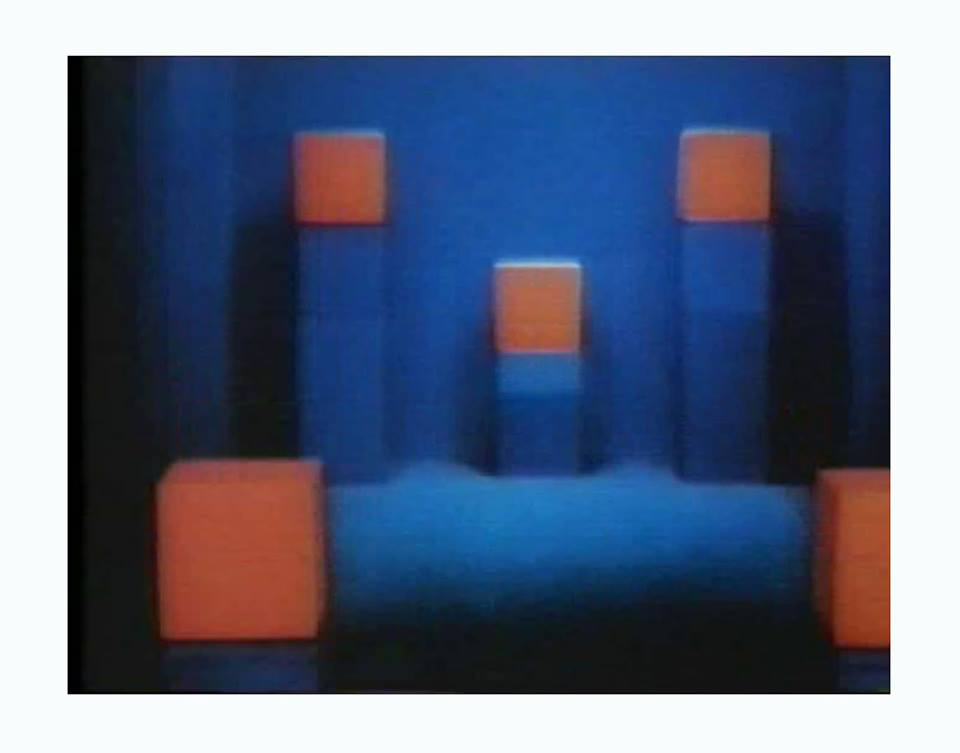
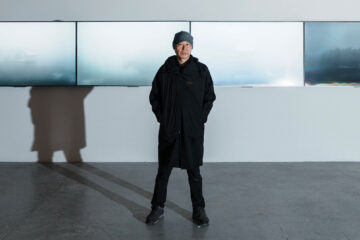
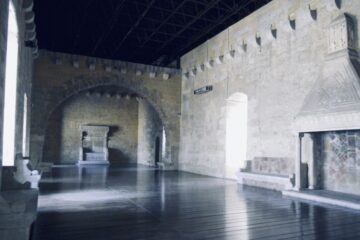
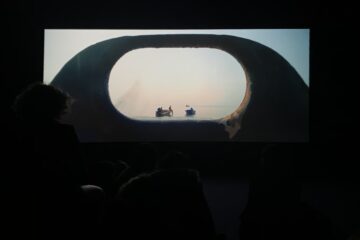
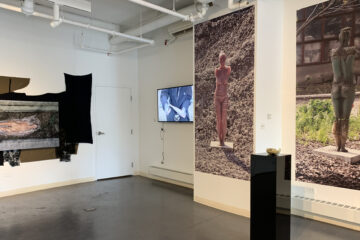

No Comment